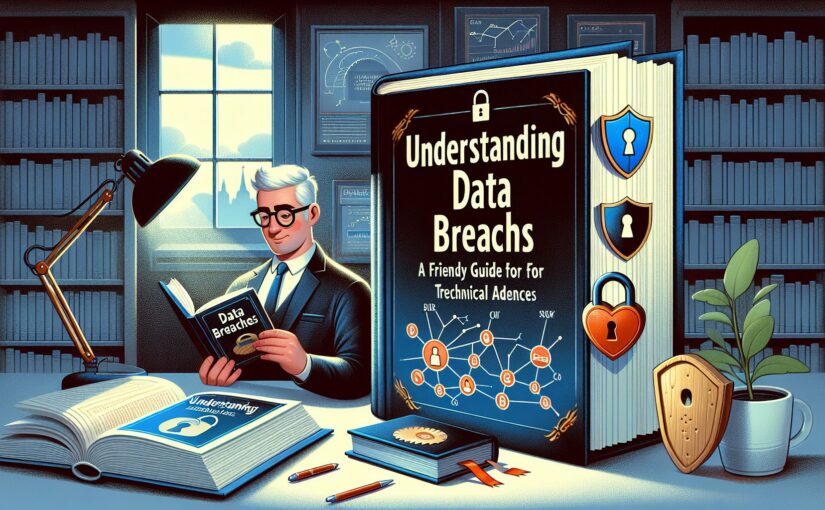Data breaches are becoming increasingly more common in today’s digital age, and as a technical audience, it’s crucial to have a solid understanding of what they are and how they can impact your organization. In this friendly guide, we’ll explore the ins and outs of data breaches, from how they occur to how you can prevent them.
What is a Data Breach?
A data breach occurs when sensitive or confidential information is accessed or stolen without authorization. This can happen through a variety of means, such as hacking into a computer network, physically stealing devices containing sensitive data, or even through social engineering tactics.
How Do Data Breaches Happen?
Data breaches can occur in a number of ways, but some common methods include:
-
Phishing attacks: Hackers send fake emails or messages that appear to be from legitimate sources, tricking individuals into providing sensitive information such as passwords or credit card numbers.
-
Malware: Malicious software can be used to infect computers and networks, allowing hackers to access sensitive data or cause disruptions.
-
Weak security protocols: Failing to implement proper security measures, such as encrypting data or regularly updating software, can leave organizations vulnerable to data breaches.
The Impact of Data Breaches
The consequences of a data breach can be severe, both financially and reputational. Organizations that experience a data breach may face fines, legal repercussions, and loss of trust from customers and stakeholders. Additionally, the cost of recovering from a data breach can be substantial, including expenses for forensic investigations, legal fees, and potential lawsuits.
Preventing Data Breaches
While it’s impossible to completely eliminate the risk of a data breach, there are steps that organizations can take to reduce their likelihood:
-
Implement strong security measures, such as using encryption, multi-factor authentication, and regular security audits.
-
Educate employees about cybersecurity best practices, such as recognizing phishing emails and avoiding sharing sensitive information online.
-
Keep software up to date to patch any vulnerabilities that hackers may exploit.
-
Develop a response plan in case of a data breach, including notifying affected individuals and law enforcement authorities.
By taking proactive measures to protect sensitive data, organizations can minimize the risk of a data breach and safeguard their reputation and finances.
In Conclusion
Data breaches are a serious threat in today’s digital landscape, and as a technical audience, it’s important to have a solid understanding of how they occur and how to prevent them. By implementing strong security measures, educating employees, and developing a response plan, organizations can better protect themselves from the potentially devastating consequences of a data breach. Remember, when it comes to data security, it’s better to be safe than sorry.
